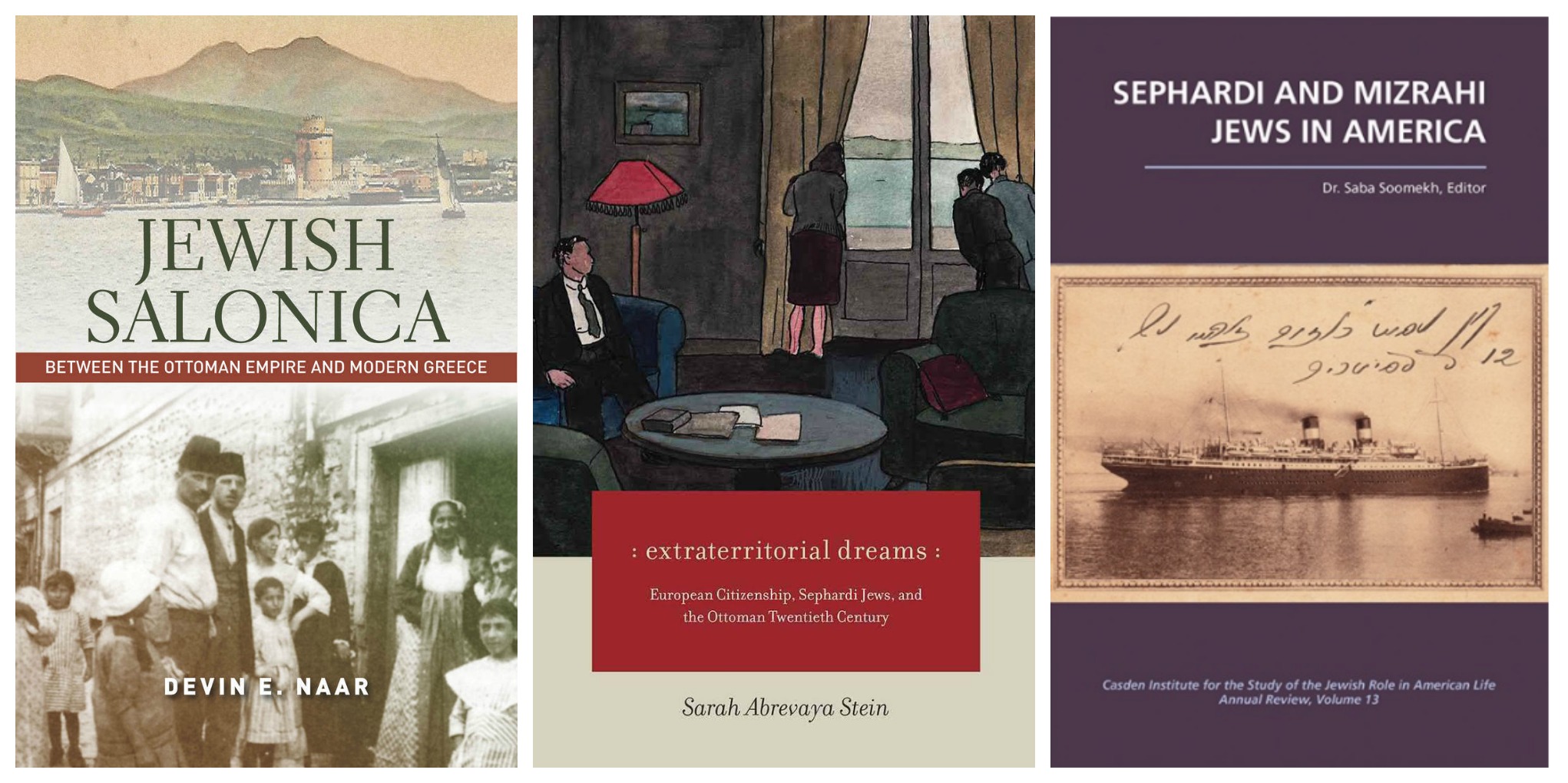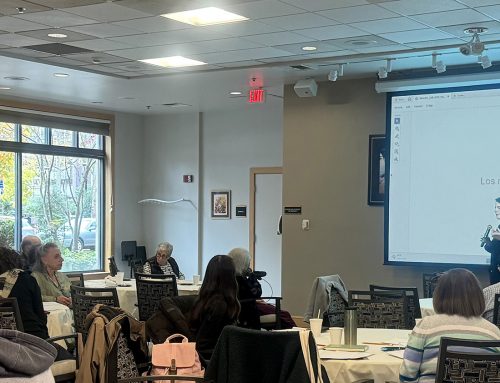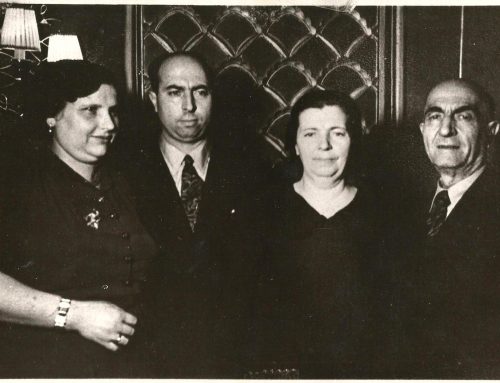
A booming field: Three titles of note published this year in Sephardic Studies.
By Hannah Pressman
The fall season is in full swing, bringing the crunch of leaves, the snap of chilly air, and the annual crush of high-quality books to peruse by the fire. Here are quick reviews of the latest bumper crop of new research in Sephardic Studies. While all published by academic presses, these titles are accessible for anyone curious about the history of Sephardic Jews. All three books are connected by the theme of citizenship and identity, considering the fate of Sephardim as minority communities in America and in nation states around the world.
Jewish Salonica: Between the Ottoman Empire and Modern Greece (Stanford University Press, 2016), by Devin E. Naar
Jewish Salonica is the impressive first book by Devin E. Naar, who is the Isaac Alhadeff Professor of Sephardic Studies and Associate Professor of History and Jewish Studies in the Henry M. Jackson School of International Studies at the University of Washington. To locate the sources for his ground-breaking research on Salonica’s Jews, Naar excavated multilingual archival sources in New York, Jerusalem, Moscow, and Greece. The result is what one reviewer called “a dazzling array of local Jewish sources.” Naar’s analysis reveals how this minority community—which included Zionists, assimilationists, and socialists—reinvigorated their connection to the city and claimed it as their own until the Holocaust. Matthias Lehman of the University of Californi-Irvine calls Jewish Salonica “
Extraterritorial Dreams: European Citizenship, Sephardi Jews, and the Ottoman Twentieth Century (The University of Chicago Press, 2016), by Sarah Abrevaya Stein
What’s in a passport? This question, and its attendant issues of subjecthood, bureacracy, and protected status, hover over the elegantly written Extraterritorial Dreams. Sarah Abrevaya Stein, a prolific author and Guggenheim Fellow, is professor of history and the Maurice Amado Chair in Sephardic Studies in the UCLA Alan D. Leve Center for Jewish Studies. Prof. Stein’s latest work took its initial form as the 2014 George L. Mosse Lectures at the University of Wisconsin-Madison. I was particularly fascinated by the chapter on Silas Aaron Hardoon (1851-1931), “the richest foreigner in Shanghai.” The death of the Baghdadi-born Hardoon and the legal battle over his estate became a symbolic test-case for the status of Baghdadi Jews and, indeed, other Jewish communities caught in the limbo space between the crumbling Ottoman Empire and other imperial powers in the early twentieth century. The judiciously chosen illustrations (including Parisian travel papers from the Sephardic Studies Digital Collection at UW Libraries) bring Stein’s history to life.
Sephardi and Mizrahi Jews in America (Purdue University Press, 2016), edited by Saba Soomekh
In her introduction to Sephardi and Mizrahi Jews in America, Dr. Saba Soomekh relates that the Jewish Studies courses she took twenty years ago focused only on the Ashkenazi aspect of American Jewish history: “We learned about the shtetls of Poland, but we never learned about the mahallehs of Tehran or the mellahs of Casablanca.” (Readers may have heard the popular term for this lopsided perspective: ashkenormativity.) This edited collection is an attempt to balance out the American Jewish narrative. Soomekh–currently the Associate Director of Research at UCLA’s Alan D. Leve Center for Jewish Studies, and author of a 2012 study on Iranian Jewish women in Los Angeles–has gathered academic articles on Sephardi and Mizrahi identity, as well as personal essays by writers like Moroccan-born David Suissa. UW Sephardic Studies is well represented in this collection: Molly FitzMorris, a PhD student in the Department of Linguistics and a former Jewish Studies Graduate Fellow, has an article entitled “Language Mixing in Seattle Ladino: Influence or Interference?,” while Prof. Devin E. Naar contributes ” ‘Sephardim since Birth’: Reconfiguring Jewish Identity in America.” Sephardi and Mizrahi Jews in America was published by the USC Casden Institute for the Study of the Jewish Role in American Life.
Taken together, these three publications offer compelling portraits of a minority Jewish community experiencing seismic transitions in its national identity in the modern era. Have a tip on a new or forthcoming title in Sephardic Studies? Leave it in the Comments box!







Leave A Comment